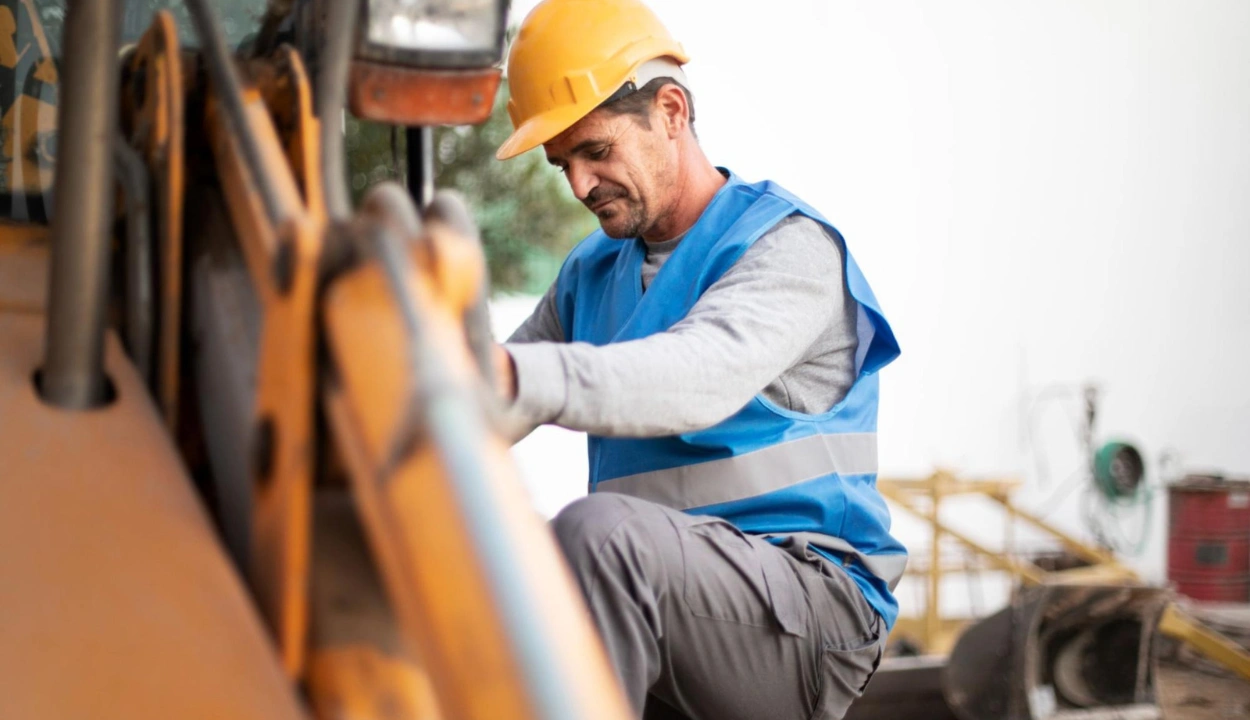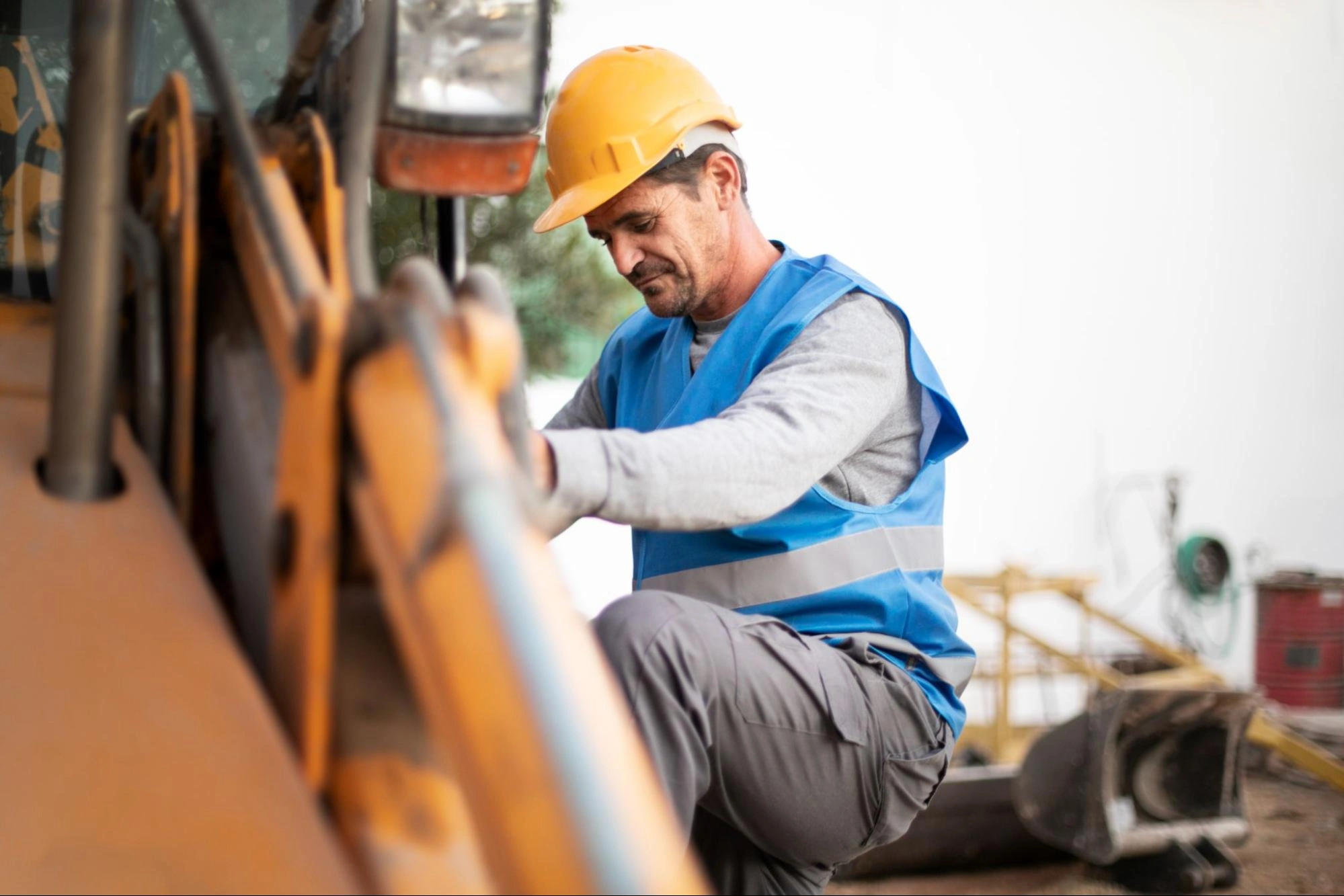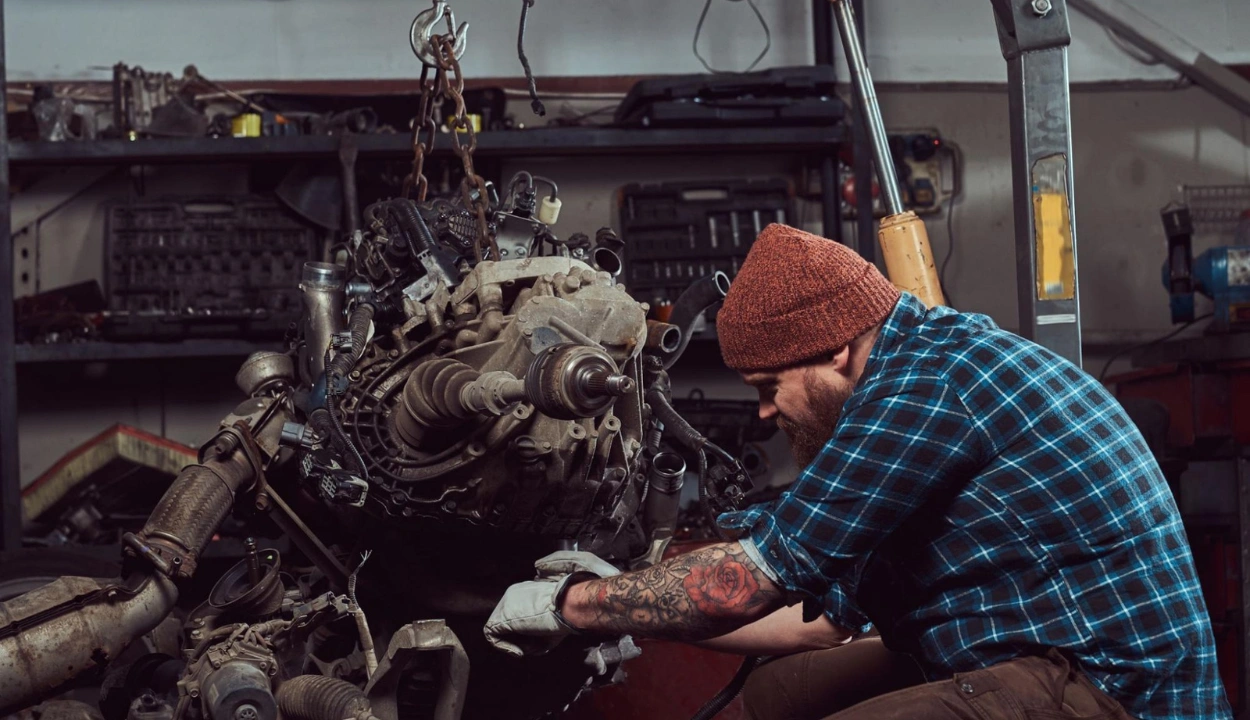The Importance of Equipment Maintenance in Disaster Recovery for Construction
In the construction industry, equipment maintenance isn't merely a routine task but a strategic defense against the unpredictable incidents of nature.
As disasters occur more frequently and with greater force, having well-maintained machinery becomes essential in disaster recovery.
It aids in quickly rebuilding infrastructure and safeguarding the lives of workers.
What is the Importance of Equipment Maintenance?
Equipment maintenance is crucial for ensuring safety, reliability, and efficiency.
Regular upkeep prevents breakdowns, extends machinery lifespan, and reduces costly repairs.
This, in turn, helps maintain high productivity and safety in any work environment.

Enhancing Operational Efficiency
Regular equipment maintenance is essential for keeping it running smoothly, improving efficiency, and boosting worker productivity.
Consistent upkeep helps prevent unexpected delays, saving both time and money.
This makes it vital for any industry that relies on machinery and tools, like construction.
Without proper maintenance, equipment performance declines, and the risk of breakdowns increases.
Fixing equipment only when it breaks down can be three to ten times more expensive than regular preventive maintenance.
This is due to the need for extensive repairs, replacing parts, and dealing with operational downtime.
Even for smaller tools, such as cordless drills, lack of maintenance can lead to poor performance, safety risks, and a shorter lifespan.
For example, a drill with dull bits and an old battery pack will work harder, slowing down the user.
Performing regular maintenance tasks like changing blades and lubricating components is crucial to keeping the drill functioning well and preventing delays.
Maintaining all equipment well-maintained not only improves its performance and lifespan but also enhances safety and provides a better return on investment for construction companies (and any business that relies on equipment).
Preventing Unexpected Breakdowns
Keeping equipment in good shape is essential for all businesses.
Regular checks and fixes, called preventive maintenance, can prevent breakdowns and ensure machinery operates optimally.
For example, in a manufacturing facility that relies on CNC machines, regular checks by technicians can identify wear and tear, like loose belts, to prevent sudden failures that disrupt production.
Preventive maintenance goes beyond just fixing visible issues. We can also use smart tools to predict potential problems.
Having a maintenance plan, training staff on proper maintenance procedures, and utilizing advanced technology tools all contribute to smooth operations and reduced costs.
Construction equipment maintenance software can integrate these tools, providing analytics and insights to predict potential failures before they happen.
Extending Equipment Lifespan
Maintaining equipment is like giving it a regular health check-up. Just as our bodies benefit from preventive care, so does machinery.
Regular maintenance is key to ensuring equipment operates efficiently and lasts longer, ultimately saving companies money by reducing the need for frequent replacements.
Adopting a proactive approach to equipment care, companies can significantly extend the lifespan of their assets.
Implementing a preventive maintenance program involves regularly inspecting, servicing, and replacing worn parts before they cause major issues.
This not only prevents sudden breakdowns but also helps identify potential problems early on, addressing them before they turn into costly repairs.
Modern software tools like Clue can ease the equipment maintenance management process.
Clue allows managers and technicians to handle equipment maintenance tasks alongside other construction activities.
It combines different systems like telematics, GPS, maintenance, and ERP systems into one platform, simplifying equipment management.
Ensuring Safety of Workers
Ensuring staff safety in construction is paramount, and proper equipment maintenance is critical.
Poorly maintained construction equipment poses significant safety risks to workers and everyone on the job site, potentially leading to accidents, injuries, or even deaths.
That's why equipment maintenance is a top priority in construction.
In 2021, the US Bureau of Labor Statistics (BLS) recorded 951 deaths in the construction sector.
While the data doesn't specify how many incidents are directly linked to lack of equipment maintenance, it highlights the importance of safety in construction.
Regular equipment checks help identify potential dangers before accidents happen.
For instance, accidents involving excavator quick hitches can result from improper inspection and maintenance.
Keeping equipment in good shape is essential for everyone's safety in construction.
Construction equipment maintenance software can assist in the inspection process for timely checks and repairs.
It helps track maintenance schedules, alert staff to upcoming services, and maintain detailed logs of equipment status.
Importance of Equipment Maintenance
Maintaining equipment goes beyond just smooth operation. It's also important to follow the rules and keep up with maintenance for warranties.
When construction companies buy equipment, they expect the warranty to cover unexpected failures, but these warranties often depend on proper maintenance.
For example, if an important component fails while the warranty is still valid, the provider will investigate.
If they find out the equipment wasn't taken care of properly, they might reject the warranty claim, leaving the company liable for repair costs.
Keeping careful maintenance records is crucial to prove warranty claims.
Technology such as equipment tracking software makes it easier for companies to keep track of maintenance tasks.
Solid evidence of regular maintenance increases the likelihood of a warranty provider covering repair costs.
So, good maintenance not only keeps equipment running longer but also ensures warranty claims are accepted.
Developing an Effective Maintenance Plan
An effective equipment maintenance plan can help your machines last longer, work better, and be more cost-effective.
Here's what you need to do to make that happen:
Asset Identification
Begin by identifying all the equipment that requires maintenance. This includes everything from heavy machinery to computer systems.
Each piece should be documented with essential details such as make, model, serial number, and critical components.
Assessment of Criticality
Not all equipment is equally important to operations. Figure out which ones are truly crucial for making products or providing services.
Then, make sure to give those machines extra attention when planning maintenance. This way, we can focus our time and effort where it matters most.
Choosing Maintenance Strategies
There are various maintenance strategies to consider, including:
- Preventive Maintenance: Scheduled inspections and tasks to prevent breakdowns.
- Predictive Maintenance: Using data and analytics to predict when maintenance is needed based on equipment condition.
- Corrective Maintenance: Fixing issues as they arise.
- Condition-Based Maintenance: Performing maintenance when specific signs show that it's time.
Documentation and Record-keeping
Maintain detailed records of all maintenance activities. This includes inspection reports, repair logs, parts replacements, and any other relevant information.
Documentation helps track equipment history, identify recurring issues, and ensure compliance with regulations.
Utilize construction asset tracking software to automate the documentation process for maintenance activities.
It provides real-time updates and easy access to equipment history.
Training and Skills Development
Ensure that staff responsible for equipment maintenance receive proper training.
This includes understanding equipment operation, safety procedures, maintenance protocols, and how to use any specialized tools or software.
Continuous Improvement
Regularly review the effectiveness of the maintenance plan.
Analyze maintenance data to identify trends, areas for improvement, and opportunities to enhance processes.
Gather feedback from maintenance staff and stakeholders to adapt the plan over time.
Safety Protocols
Prioritize safety in all maintenance activities. Develop clear procedures for working with equipment, handling hazardous materials, and responding to emergencies.
Provide personal protective equipment (PPE) and ensure strict adherence to safety guidelines by the staff.
Budgeting and Resource Reserve
Allocate sufficient resources, including financial and human resources, to support the maintenance plan.
Consider factors such as labor costs, spare parts expenses, training programs, and any external service contracts.
Conclusion
In construction, where natural disasters pose unpredictable threats, equipment maintenance should be the main focus.
It acts as a shield that protects buildings and keeps workers safe.
Regular maintenance isn't just about safety but also prevents costly breakdowns, ensuring operational continuity.
Utilizing new technologies like predictive maintenance and advanced tools makes maintenance easier and helps companies be more prepared.
Implementing measures such as identifying important equipment and adhering to safety rules, construction companies can be prepared for anything nature throws at them and continue growing in a smart way.
FAQs
Why is equipment maintenance crucial in the construction industry?
Equipment maintenance provides safety, reliability, and efficiency on construction sites. It prevents breakdowns, extends machinery lifespan, and reduces costly repairs while maintaining high productivity and safety standards.
How does equipment maintenance improve operational efficiency in construction?
Regular maintenance keeps equipment running smoothly, improving efficiency and boosting worker productivity. Preventive maintenance prevents unexpected delays, saving time and money, and maintains optimal performance, safety, and longevity of machinery.
How does equipment maintenance contribute to ensuring the safety of workers?
Proper equipment maintenance is essential for staff safety in construction. Poorly maintained equipment poses significant risks, leading to accidents, injuries, or even fatalities. Regular checks help identify potential dangers before accidents occur, ensuring everyone's safety on the job site.
How does equipment maintenance impact cost efficiency in disaster recovery?
Effective equipment maintenance reduces the recovery costs of natural disasters and infrastructure breakdowns by providing operational readiness and preventing unexpected breakdowns. By adopting preventive maintenance strategies and investing in modern technologies, construction companies can avoid expensive delays and repairs.
Transform Your Equipment Management













